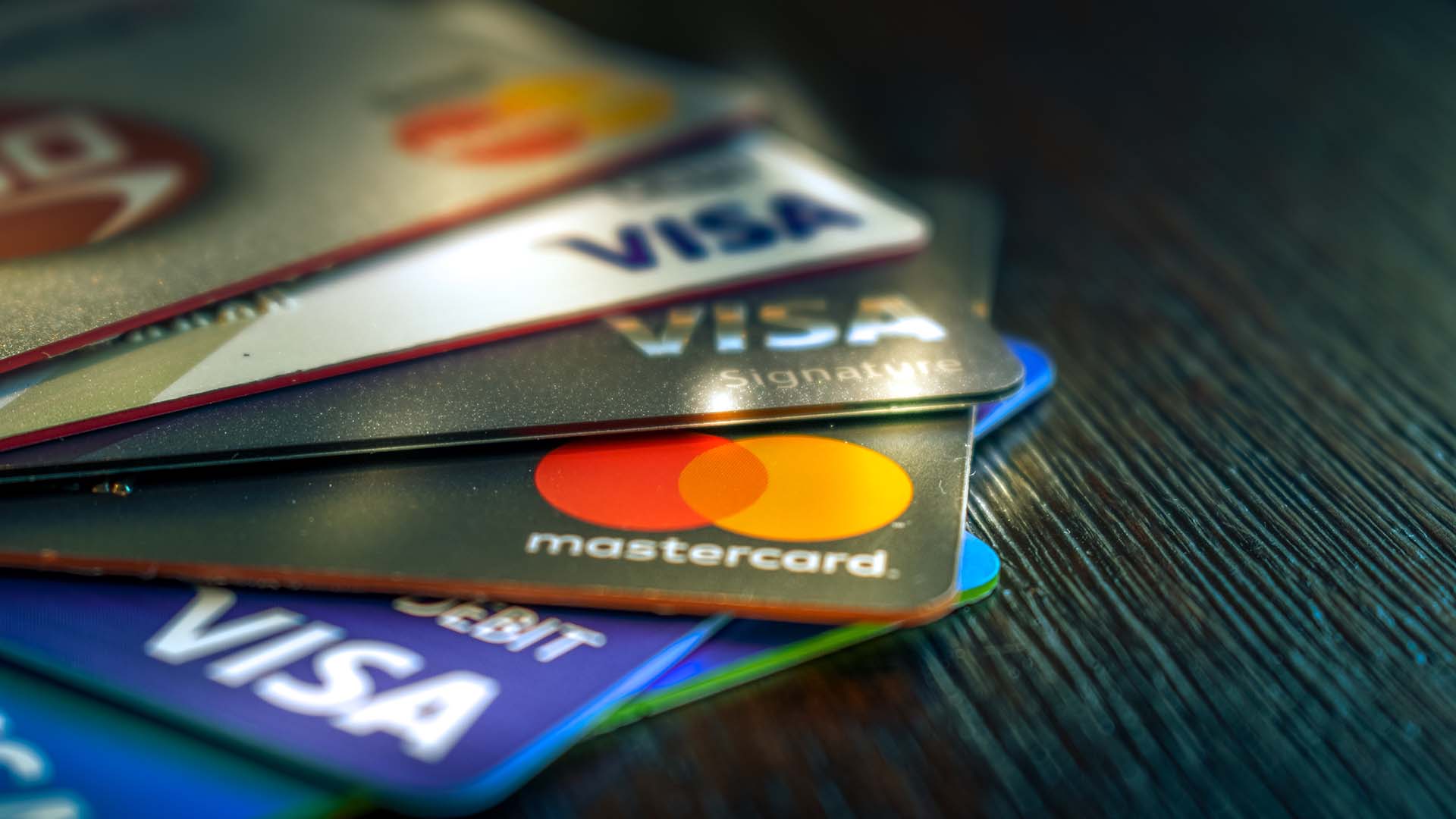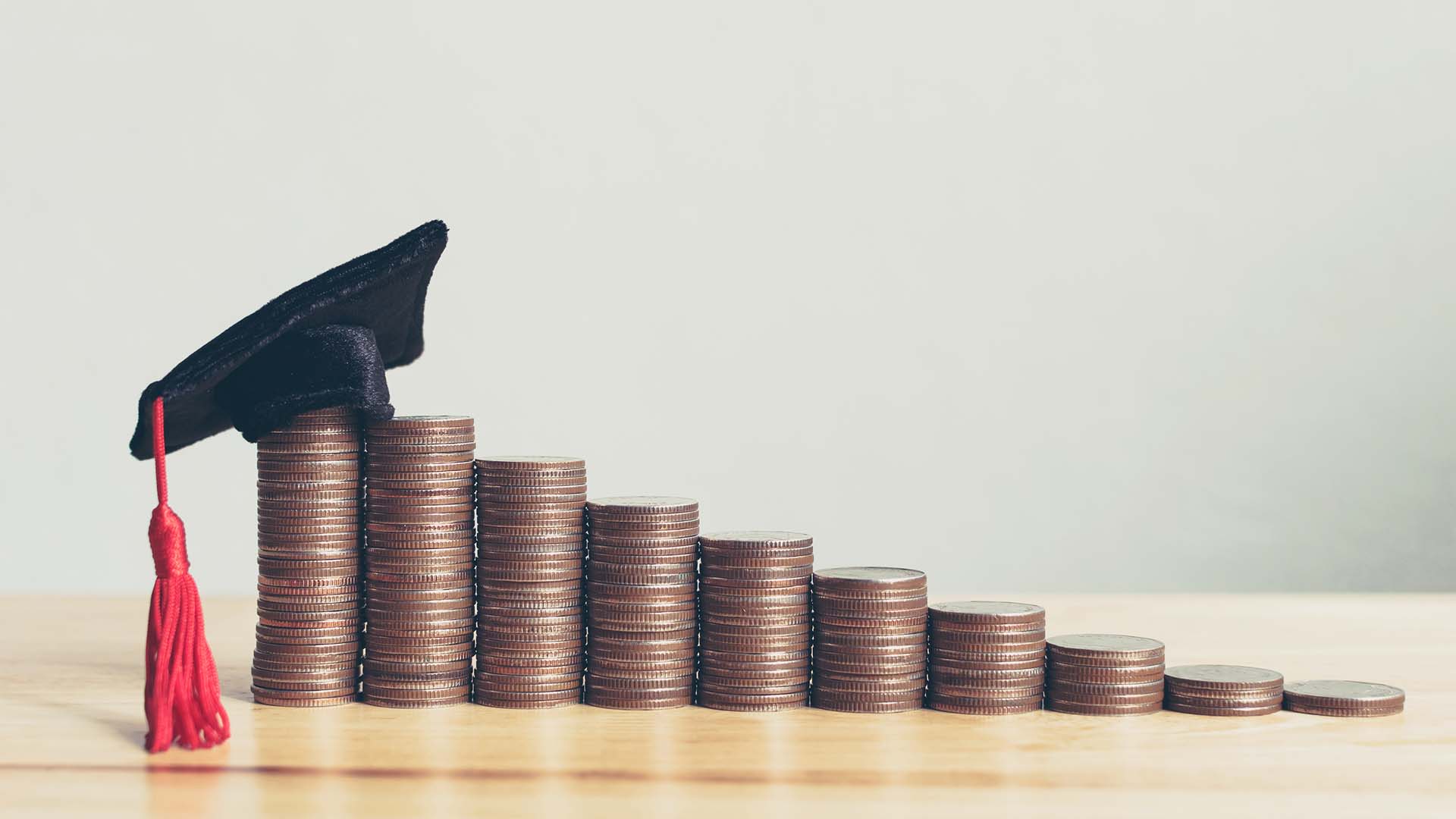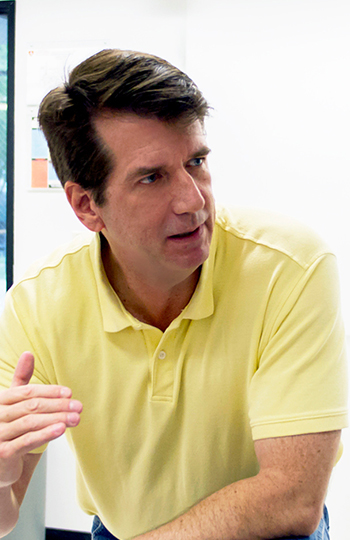6 steps to tackle credit-card debt
Report shows 20% of card holders are behind on payments or have reached their limit. Here’s how to move toward financial stability.

A growing number of Americans are grappling with mounting credit-card debt. A report by the Federal Reserve Bank of New York found that one in every five credit-card holders in the U.S. is falling behind on their credit-card payments or “maxed out,” using 90% of their credit-card limit.
Those under age 30 and living in low-income areas are more likely to hit their debt ceiling, according to the report. Inflation, stagnant wages and escalating living costs have forced many to turn to credit cards for everyday necessities, a problem that’s exacerbated by high interest rates.
The good news is that there are ways to tackle credit-card debt, no matter the financial state consumers find themselves in. Metropolitan State University of Denver’s Robert Persichitte, affiliate professor in the Department of Accounting and a Certified Financial Planner, outlines a comprehensive approach to diagnosing, addressing and eliminating debt, along with strategies to maintain financial stability.
Evaluate your situation
The first step is to understand the nature of the debt. Is it temporary or permanent? In other words, did you lose your job for a few months or have a medical emergency and have to rely on credit cards to stay afloat? Or do you have a habit of splurging and overspending beyond your financial means on a consistent basis?
In either case, you’re likely going to have to make significant lifestyle changes, or it’s never going to get better — and the longer you wait, the worse it’s going to get.
Self-audit or hire a debt counselor to do it for you
Banking or budgeting apps will be a big help here. They can break down the percentages and provide visuals, mapping out when money is going to necessities and when it’s going to areas that can be reduced or cut completely. This will help you diagnose your situation and determine how strict you have to be with yourself.
If you need an additional layer of accountability, talking to a debt counselor will help. Seeking a debt or bankruptcy counselor is especially recommended if more than 50% of your income is going toward paying off credit-card debt.
RELATED: 6 tax tips for college students
Consider significant lifestyle changes
Debt, whether incurred from emergencies or chronic overspending, often requires substantial lifestyle changes to improve financial health. Be prepared to make temporary or permanent sacrifices. You may have to cut nonessential expenses, such as subscriptions or memberships, to allocate more funds toward debt repayment. Or you may have to work on permanently reducing expensive habits from your lifestyle that got you into debt in the first place. Otherwise, it’ll be a continued and never-ending cycle.
Evaluate your budget
Once you’ve freed up funds by making sacrifices here and there, analyze your budget to determine how much you can allocate toward debt payments. I highly recommend the debt-avalanche method, which is focusing on paying off the highest-interest-rate debts first. Apply all extra funds to the top debt and move down the list as each debt is paid off. This method maximizes the impact of your payments and helps eliminate debt faster.
I also recommend using debt-repayment calculators. Once you’ve identified how much money you can allocate to paying off your debts, you can plug it into the tool and it’ll give you an idea of how long it’ll take you to be debt-free. Knowing what the finish line looks like can motivate people to stick to their plan.
RELATED: It’s cheaper to rent than to buy a home. Here’s advice for those weighing options
Beware of debt consolidation
A lot of credit-card companies will recommend transferring your balances to cards with lower or 0% interest rates. I never recommend this as a starting point, because if you don’t have your budget and spending under control first, nobody’s going to stop you from running up the balances on those high-interest cards again.
Transferring balances amounts to trying to solve debt with more debt, and that will never work. Opening more accounts will only get you in the hole deeper unless you stop the leaks, stop the spending.
Additionally, many places that offer low introductory rates have term limits or other fees. So even if you manage to get 0% interest, you’ll have to pay off the balance within one year or whenever the offer expires because that’s when even-higher interest will kick in. The banks are counting on you not solving your debt problem — that’s how they’re making money.
Avoid future debt and establish sustainable financial practices
After paying off debts, slowly start building an emergency fund. Use the emergency fund for unforeseen expenses instead of relying on credit cards. As I mentioned before, it’s very important to be honest with yourself and your spending habits. Maintain disciplined spending habits and continue budgeting to prevent falling back into debt.
If you find yourself completely limited with no room to spare to pay off debt, seek resources with the National Foundation for Credit Counseling, which can discuss options for your situation, including bankruptcy.







